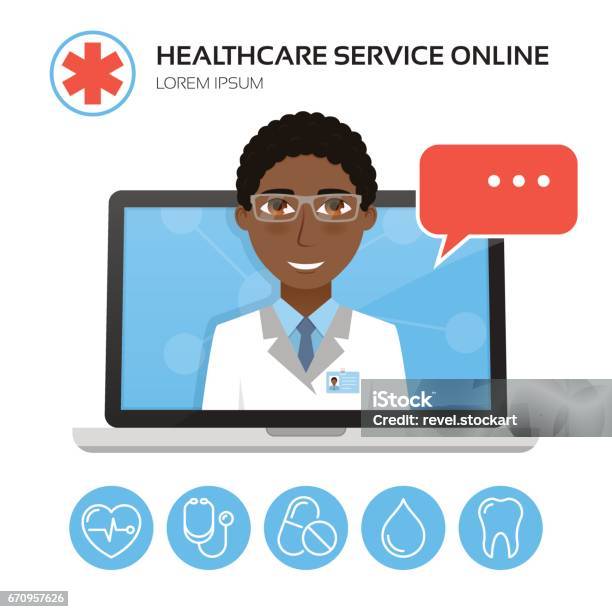Discover the Perks of Subscription Based Healthcare for Affordable Medical Care
Discover the Perks of Subscription Based Healthcare for Affordable Medical Care
Blog Article
Comprehending the Cost-Effectiveness of Subscription-Based Healthcare Designs
As the healthcare landscape develops, subscription-based models arise as a compelling option, promising to redefine just how individuals manage clinical expenditures. Reviewing these versions' cost-effectiveness requires a nuanced comparison with conventional insurance coverage, thinking about both monetary implications and patient satisfaction.
Overview of Subscription-Based Versions
Subscription-based healthcare versions, occasionally described as direct health care or attendant medication, are progressively acquiring attention as a possible option to ineffectiveness within traditional medical care systems. These designs operate the concept of offering individuals direct accessibility to doctor through a annual or regular monthly fee, bypassing the demand for standard insurance devices. This arrangement intends to improve patient-provider communications by minimizing administrative problems, which frequently prevent tailored and timely treatment.
At the core of subscription-based models is the focus on an extra customized patient experience. Individuals benefit from improved accessibility to their doctors, usually including next-day or same-day appointments, extended consultation times, and straight interaction channels such as phone or video clip telephone calls. This model promotes an aggressive technique to healthcare, where individuals and companies can collaboratively focus on preventative treatment and chronic illness administration.

Cost Comparison With Conventional Insurance Coverage

One of the primary economic benefits of membership models is openness in prices. On the other hand, conventional insurance might be a lot more beneficial for people calling for specialized care or pricey therapies not covered under a subscription version, as they profit from the broader coverage network and cost-sharing devices.
Nonetheless, cost-effectiveness is context-dependent. While subscription versions might supply savings for those mostly needing health care, people with persistent conditions or specialized healthcare needs could discover traditional insurance extra detailed. As a result, examining specific medical care requirements and prospective use is essential in determining the most economical alternative for individuals.
Influence On Person Contentment
Individual complete satisfaction within subscription-based health care models often mirrors a substantial enhancement over conventional insurance systems. Unlike traditional systems, where patients may experience delays in obtaining treatment, subscription-based models ensure even more direct and prompt communications with health care suppliers.
Furthermore, the transparency in prices related to subscription-based healthcare eases the common frustrations associated with unforeseen costs and complicated billing procedures seen in traditional insurance policy (subscription based healthcare). Clients value understanding the specific monetary dedication upfront, resulting in raised depend on and confidence in their health care monitoring
Furthermore, the focus on preventive treatment and health in membership versions adds to enhanced wellness results, better enhancing individual satisfaction. By focusing on recurring health care instead of Click This Link anecdotal treatment, patients experience a more all natural and continuous medical care journey.
Additionally, the improved provider-patient partnership fostered in these designs, identified by even more time invested per patient and individualized focus, plays a crucial role in raising individual contentment levels, as clients feel really taken care of and recognized.
Provider Experiences and point of views
From the supplier's point of view, subscription-based medical care models use a transformative approach to delivering medical solutions. These versions stress a proactive and preventative healthcare strategy, allowing service providers to concentrate on extensive client treatment without the constraints of conventional fee-for-service arrangements (subscription based healthcare). This shift in emphasis usually results in boosted patient outcomes and increased company fulfillment, as health care professionals can allocate even more time and resources to client engagement and personalized treatment plans
Furthermore, subscription versions help with predictable earnings streams, which improve financial stability for doctor. This predictability allows for boosted resource planning and appropriation, adding to a more reliable health care distribution system. Companies can invest in team infrastructure, training, and technology renovations, thereby boosting the quality of treatment offered.
However, the transition to subscription-based versions is not without challenges. Despite these obstacles, lots of carriers find that the advantages of increased client interaction and streamlined operations exceed the preliminary difficulties, making subscription-based designs an appealing choice.
Future Potential Customers and Obstacles

A key difficulty is regulatory conformity, as membership models have to abide by developing healthcare plans and insurance needs. This requires continuous adjustment and development to make certain positioning with legal criteria. Additionally, incorporating these designs right into existing health care facilities can be complex, calling for significant financial investments in technology and training.
There is additionally the potential threat of creating injustices in healthcare gain access to, as subscription designs could prefer those who can manage them, leaving vulnerable populations underserved. Resolving this requires thoughtful factor to consider of rates techniques and aid mechanisms to make sure inclusivity.
Conclusion
Subscription-based health care versions provide a viable option to typical site web insurance by using economic predictability and transparency, especially profiting people with chronic conditions or regular medical care needs. The cost-effectiveness of these versions is contingent upon specific healthcare usage patterns and scenarios. While they might boost client fulfillment and simplify budgeting, challenges stay in attending to specialized treatment demands. Future considerations include stabilizing detailed insurance coverage with price and integrating these models within the broader healthcare system for optimal outcomes.
Subscription-based medical care versions, often referred to as straight main care or attendant medication, are significantly getting interest as a potential solution to inadequacies within typical medical care systems. Unlike standard systems, where clients might experience hold-ups in getting care, subscription-based models make certain even more direct and prompt communications with healthcare carriers.
These versions highlight a proactive and preventative health care strategy, permitting companies to focus on thorough individual care without the restraints of conventional fee-for-service arrangements. As these designs continue to get traction, they supply the prospective to revolutionize individual access to care, simplify service distribution, and optimize medical care spending.Subscription-based medical care designs present a feasible alternative to standard insurance by using financial predictability and openness, particularly benefiting people with chronic conditions or constant healthcare demands.
Report this page